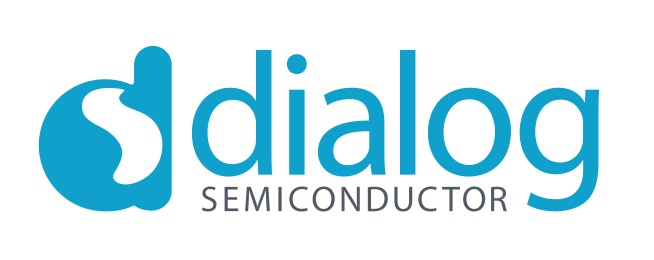
Dialog Semiconductor
Dialog Semiconductor creates highly integrated standard and custom mixed-signal integrated circuits optimised for Smartphone, Tablet, IoT, Solid State Lighting and Smart Home applications. Founded in 1986, Dialog brings decades of experience to the rapid development of ICs while providing flexible and dynamic support, world-class innovation and the assurance of dealing with an established business partner. Dialog is headquartered near London with a global sales, R&D and marketing organisation. It currently has approximately 1,500 employees worldwide. In 2014, it had approximately $1.16 billion in revenue and was one of the fastest growing European public semiconductor companies.